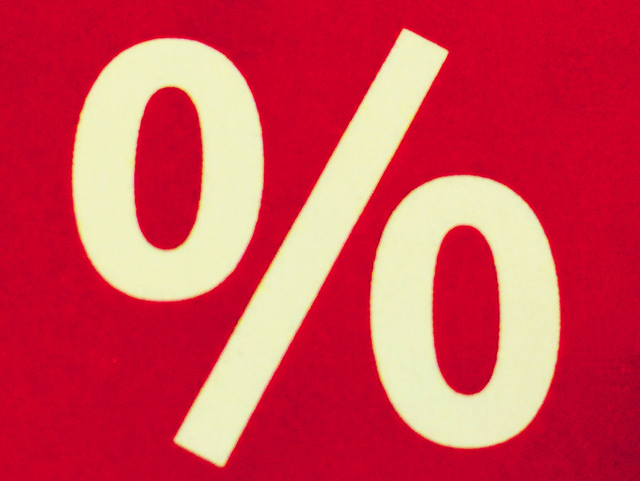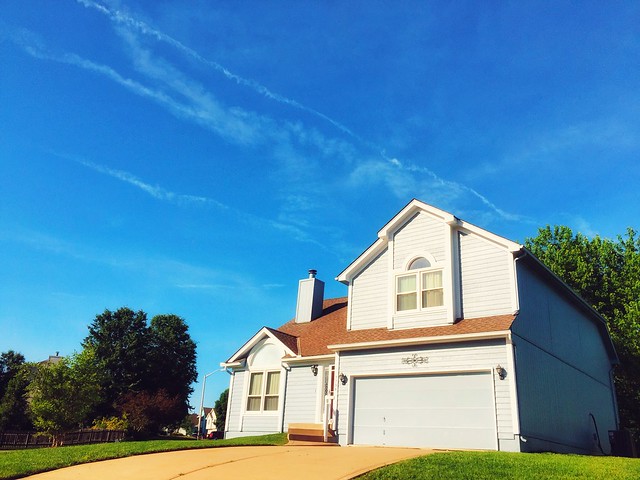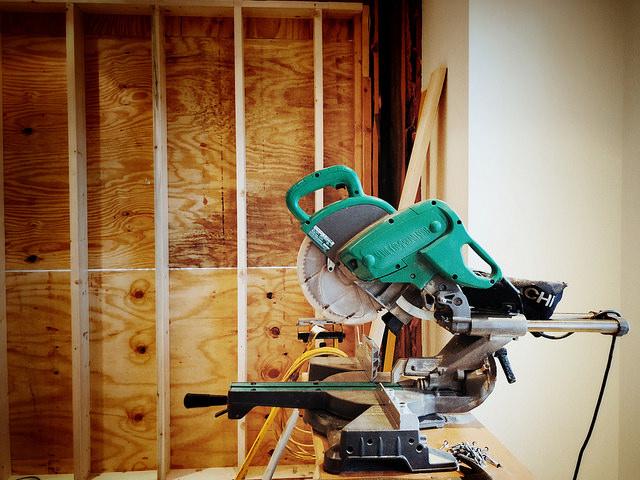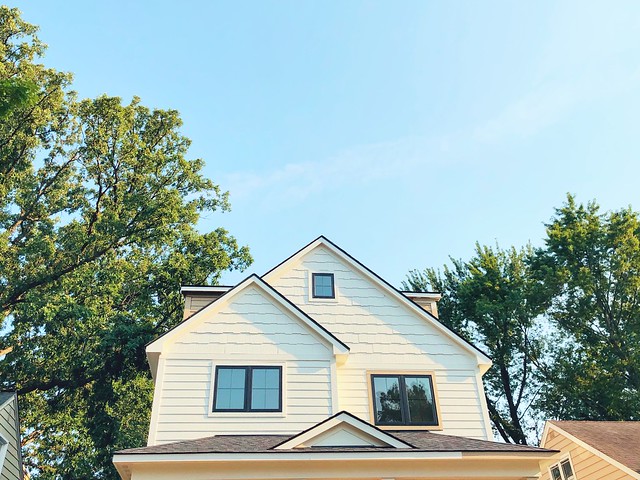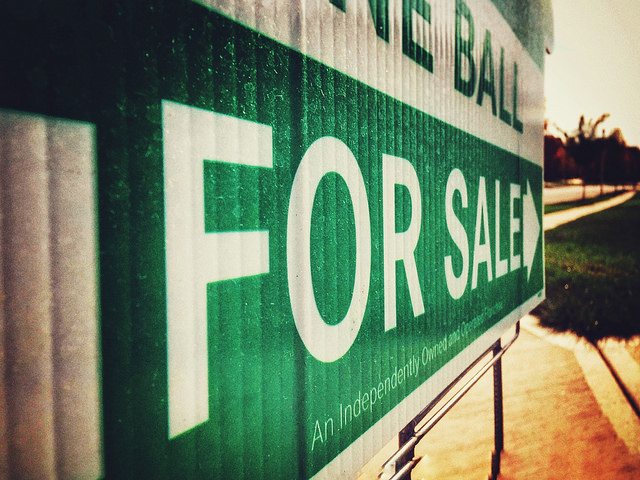According to the Mortgage Bankers Association’s Weekly Applications Survey, average mortgage rates increased last week from one week earlier. Rates were up for 30-year fixed-rate loans with both conforming and jumbo balances, loans backed by the Federal Housing Administration, and 15-year fixed-rate loans. The increase follows a decline the week before, the first in 12 weeks. Joel Kan, MBA’s associate vice president of economic and industry forecasting, says recent rate fluctuations have been caused by several factors. “Mortgage rates continue to be volatile due to the significant uncertainty regarding Federal Reserve policy and the situation in Ukraine,” Kan said. “Investors are weighing the impacts of rapidly increasing inflation in the U.S. and many other parts of the world against the potential for a slowdown in economic growth due to a renewed bout of supply-chain constraints.” Despite the volatility, though, demand for loans to buy homes was up 1 percent week-over-week. The MBA’s survey has been conducted since 1990 and covers 75 percent of all retail residential mortgage applications. (source)
